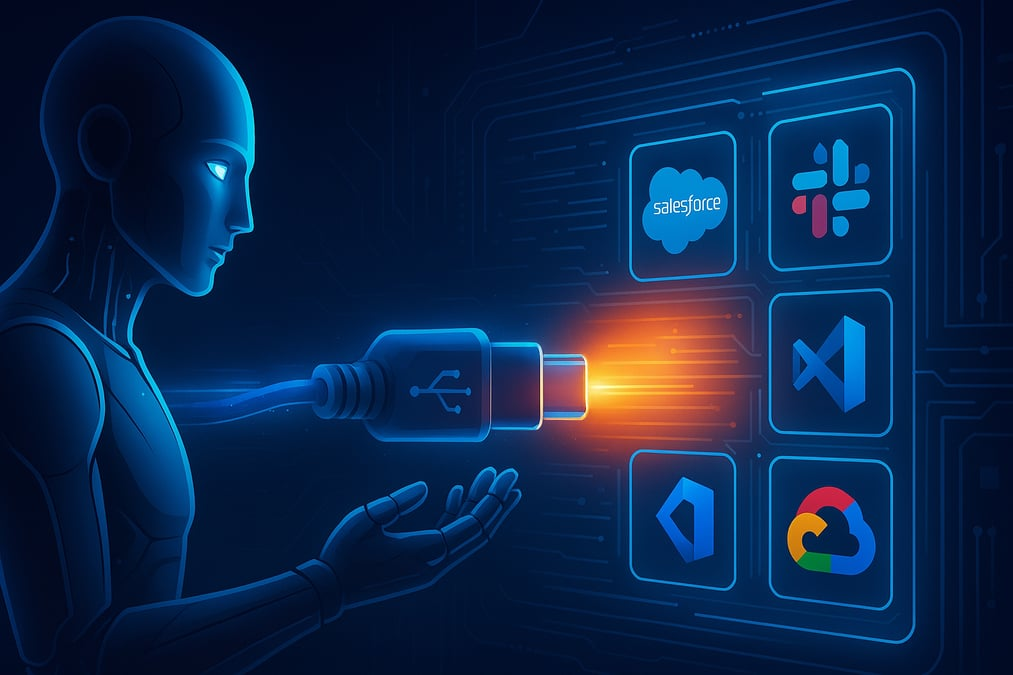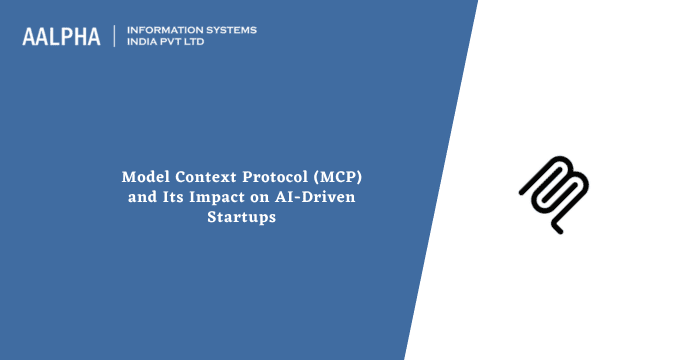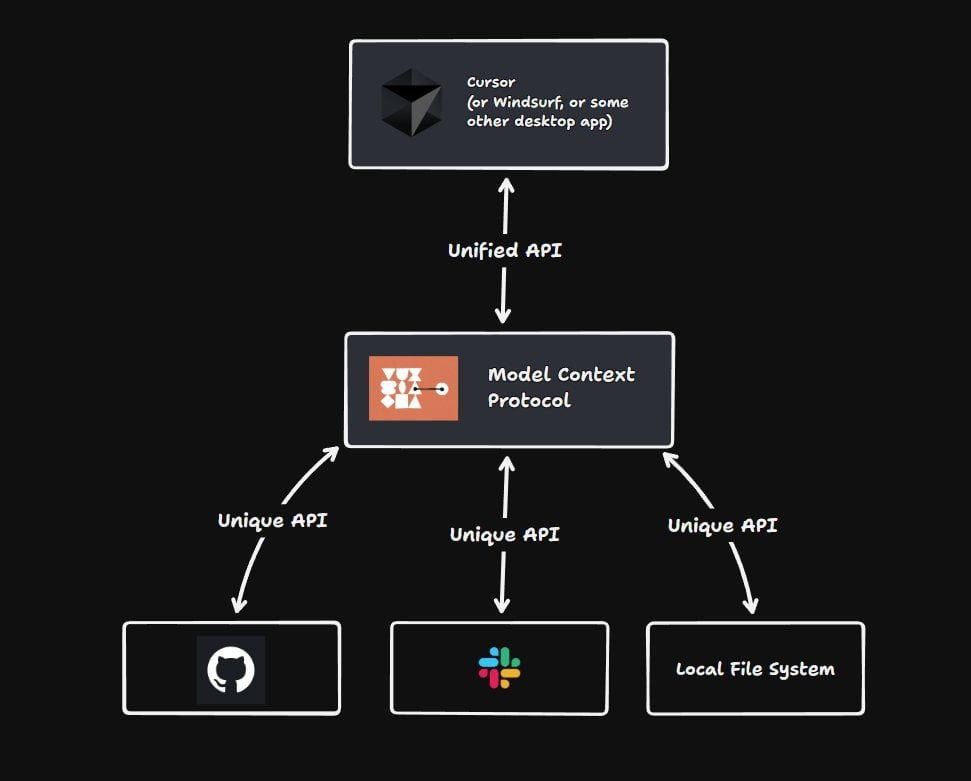- Published on
Demystifying the Model Context Protocol (MCP) in AI Systems
- Authors

- Name
- Adil ABBADI
Introduction
As AI systems continue to permeate various aspects of our lives, ensuring their reliability, transparency, and accountability becomes increasingly important. One crucial component that has gained significant attention in recent years is the Model Context Protocol (MCP). In this article, we'll delve into the world of MCP, exploring its significance, benefits, and applications in AI systems.

- What is the Model Context Protocol (MCP)?
- Benefits of Model Context Protocol
- Applications of Model Context Protocol
- Challenges and Future Directions
- Conclusion
- Next Steps
What is the Model Context Protocol (MCP)?
The Model Context Protocol is a standardized framework that facilitates communication between AI models, data sources, and contextual information. It enables models to understand the context in which they are operating, making them more informed, adaptable, and effective. MCP is not a single algorithm or technique but rather a set of guidelines and protocols that ensure seamless interaction between models, data, and context.
# Example Python code snippet demonstrating MCP in action
import mcp
# Define the model context
context = mcp.Context(data_source='user_input', environment='production')
# Initialize the AI model
model = mcp.Model(context=context)
# Feed input data to the model
output = model.predict(input_data)
print(output)
Benefits of Model Context Protocol
MCP offers several benefits that make it an essential component in modern AI systems:
Improved Model Performance
By providing contextual information, MCP enables models to adapt to changing conditions, leading to better performance and more accurate predictions.
Enhanced Interpretability
MCP facilitates model interpretability by providing insights into the decision-making process, making it easier to identify biases and errors.
Increased Trustworthiness
By ensuring transparency and accountability, MCP builds trust in AI systems, making them more reliable and suitable for high-stakes applications.

Applications of Model Context Protocol
MCP has far-reaching applications in various domains, including:
Autonomous Systems
MCP enables autonomous vehicles to adapt to changing environments, ensuring safer and more efficient operations.
Healthcare
MCP improves the accuracy of medical diagnosis and treatment recommendations by providing contextual information about patients and their conditions.
Finance
MCP enhances risk management and prediction capabilities in financial systems, leading to more informed investment decisions.
// Example Java code snippet demonstrating MCP in autonomous systems
import mcp.autonomous.*;
// Initialize the autonomous vehicle model
AutonomousVehicle vehicle = new AutonomousVehicle();
// Set the context for the vehicle
vehicle.setContext(mcp.Context(environment='urban', timeOfDay='rush_hour'));
// Make predictions based on context
vehicle.predictTraffic();
// Update the model with new context information
vehicle.updateContext(mcp.Context(environment='highway', timeOfDay='midnight'));
// Make new predictions based on updated context
vehicle.predictTraffic();
Challenges and Future Directions
While MCP has the potential to revolutionize AI systems, there are still challenges and limitations to be addressed:
Standardization
Establishing standardized protocols and frameworks for MCP implementation is crucial for widespread adoption.
Data Quality
Ensuring high-quality, accurate, and relevant context data is essential for effective MCP implementation.
Ethical Considerations
MCP raises ethical concerns around data privacy, bias, and accountability, which must be addressed through responsible AI development practices.

Conclusion
The Model Context Protocol is a critical component in modern AI systems, offering numerous benefits and applications across various domains. By understanding the context in which they operate, AI models can become more informed, adaptable, and effective. As the AI landscape continues to evolve, it's essential to address the challenges and limitations of MCP, ensuring its responsible development and widespread adoption.
Next Steps
To dive deeper into the world of Model Context Protocol and explore its applications in your projects, we recommend:
- Checking out the official MCP documentation and guidelines
- Exploring open-source MCP implementations and libraries
- Joining online communities and forums focused on MCP and AI development
Remember, the future of AI depends on our ability to develop reliable, transparent, and trustworthy systems. By embracing the Model Context Protocol, we can take a significant step towards achieving this vision.
